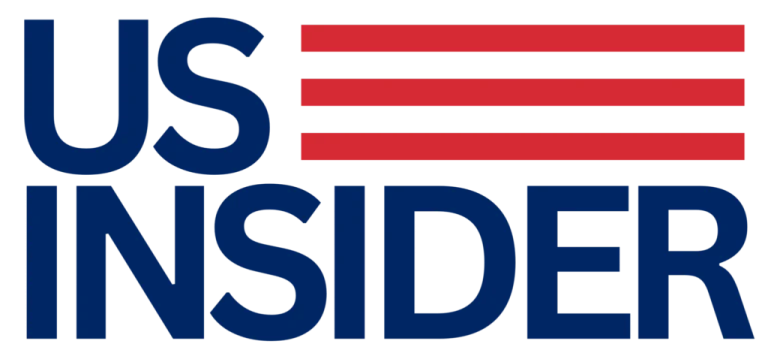As in most other regions, trucks reign supreme on freight transport across the Western Balkans, a group of six countries often referred to as WB6: Albania, Bosnia and Herzegovina, Kosovo, Macedonia, Montenegro, and Serbia.
The domination of road transport in the freight sector comes with several adverse consequences, including unpredictable journey times, high logistics costs, congestion, as well as high levels of pollution and greenhouse gas emissions. To address this, our team is looking at ways to redirect part of the freight traffic in the WB6 region away from roads, and onto more efficient, greener modes such as rail or inland waterways.
You may think we’re trying to bite off more than we can chew here. After all, even advanced economies with state-of-the-art rail infrastructure have been struggling to increase and sustain rail freight transport.
However, as evidenced by the Global Competitiveness and Logistics Performance Indexes, there is strong potential to close gaps in the quality of the WB6 transport systems or custom clearing processes. The region has also experienced sustained economic growth (higher, for instance, than OECD countries), while its geographic position makes it a strategic link between Western and Eastern markets, especially considering Turkey’s rail freight developments and global connectivity initiatives.
So where should we start? Do we just need to invest in more sustainable railways and inland waterways, and then wait for the traffic to shift? Well, although more investments are needed, a more tailored approach is necessary. Acknowledging that the road sector in freight transport is and will remain essential, especially for the first and last miles, there are opportunities to enhance the competitiveness of cleaner sectors and integrate them better into the freight transport chain.
As we start to evaluate options for improving intermodal connectivity in the Western Balkans, here are some of the critical issues we will be looking into:
Gap assessment of the intermodal freight transport system. We will assess to which extent the legal, regulatory, operational, and organizational issues are affecting intermodal freight transport in the region, such as: who manages and finances the infrastructure, what are the access conditions to the freight transport infrastructure and Intermodal freight Terminals, what are the bottlenecks that freight service providers as well as shippers are facing, and what are the impediments to use cleaner transport modes for their activities, etc.
Market analysis of intermodal freight transport. What are the main commodities and supply chains within or transiting through the region? What is the origin and destination of these commodities? How do they move, i.e. what is the market share of each transport mode and intermodal transport? Our analysis will be as granular and market-oriented as possible, and depict the current and future situation under different macroeconomic prognoses. The ultimate objective of this exercise is to better prioritize further actions by identifying commodity segments that have the greatest potential to be divested from road to cleaner modes.
Bottlenecks and opportunities for an increased use of cleaner modes for intermodal freight transport. Here we want to depict the technical conditions of railways, inland waterways, rolling stocks, vessels, and Intermodal Freight Terminals, and analyze how technology could help enhance the productivity of all these modes. Basically, we expect to have a better idea of the physical drivers that could better promote and support intermodal connectivity.
Looking at the funding models (how much all citizens pay) and the financing sources maybe? Because a robust intermodal system involves multiple types of infrastructure, services, and stakeholders, it has the potential to attract financing from a variety of sources. We will proceed to analyze how the private sector can be leveraged and options to crowd in the financing and risk sharing for the development of Intermodal Freight Terminals, especially in the EU, and adapt this to the Western Balkans context.
A regional approach aligned with EU intermodal policy. Given the relatively small size of the region (the population of WB6 countries taken together is equivalent that of the Netherlands), a regional approach seems like the most sensible option. Cross-border processes and relations between national bodies, infrastructure managers and operators should be also accounted for throughout this menu. Oh, and let’s not forget that Western Balkans countries are in the process of accession to the EU, which will require adjustments to harmonize their systems with the EU’s intermodal policy (e.g. interoperability, Trans-European Transport Network, etc.).
This menu is now being analyzed with support from the 2017 Multi Donor Trust Fund for Mobility and Logistics supported by the Austrian government. It feeds into the design of the Proposed Regional Western Balkans Trade and Transport Facilitation Project prepared under a Multi Phased Programmatic Approach. Results are expected to be delivered in about a year, don’t forget to make a reservation!







